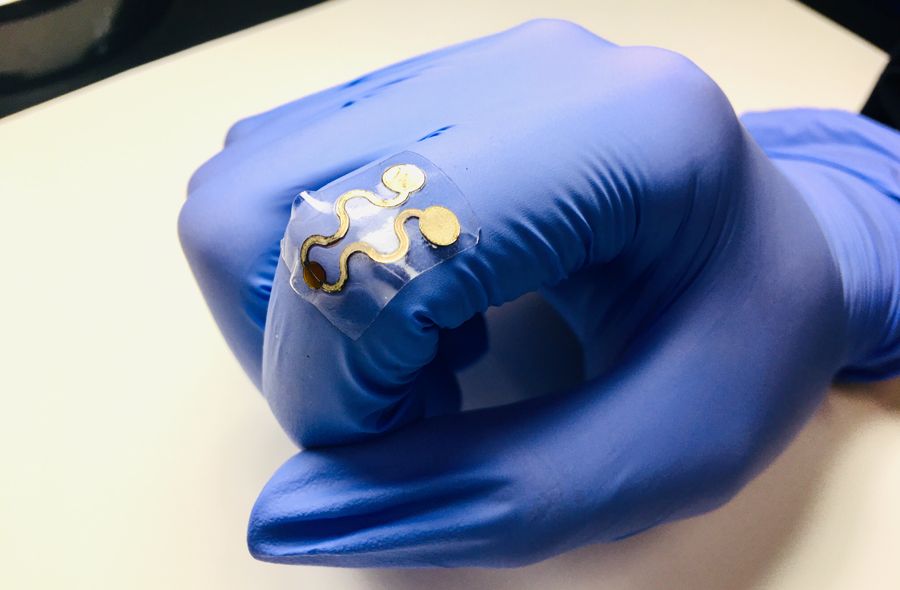Improved wearable, stretchable gas sensor using nanocomposites
28. 8. 2020 | Penn State | www.psu.edu
A stretchable, wearable gas sensor for environmental sensing has been developed and tested by researchers at Penn State, Northeastern University and five universities in China.
The sensor combines a newly developed laser-induced graphene foam material with a unique form of molybdenum disulfide and reduced-graphene oxide nanocomposites. The researchers were interested in seeing how different morphologies, or shapes, of the gas-sensitive nanocomposites affect the sensitivity of the material to detecting nitrogen dioxide molecules at very low concentration. To change the morphology, they packed a container with very finely ground salt crystals.

When the researchers added molybdenum disulfide and reduced graphene oxide precursors to the canister, the nanocomposites formed structures in the small spaces between the salt crystals. They tried this with a variety of different salt sizes and tested the sensitivity on conventional interdigitated electrodes, as well as the newly developed laser-induced graphene platform. When the salt was removed by dissolving in water, the researchers determined that the smallest salt crystals enabled the most sensitive sensor.
Read more at Penn State
Image Credit: Cheng Lab, Penn State
-jk-




